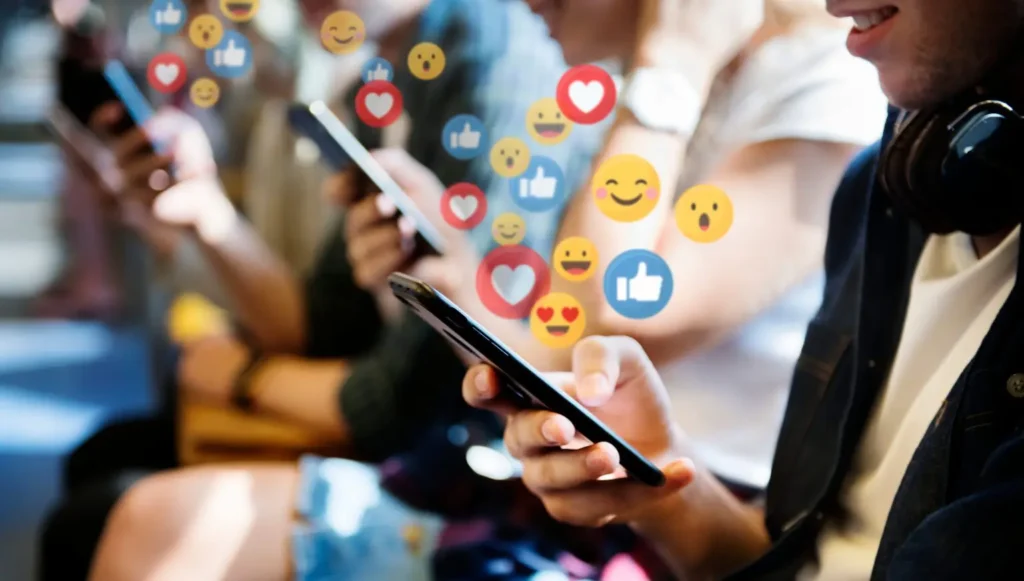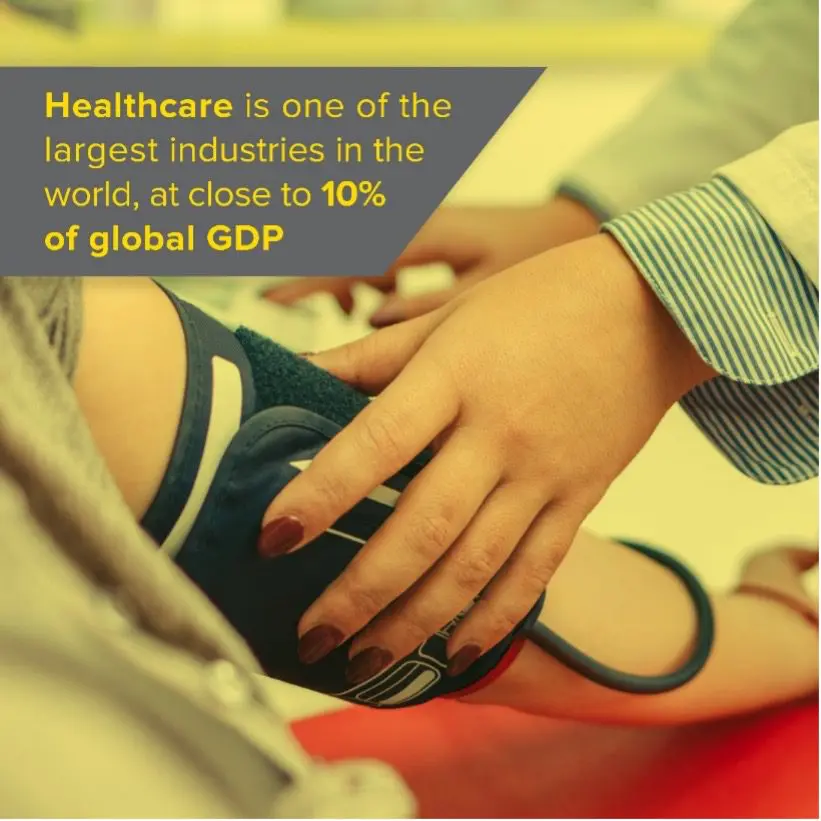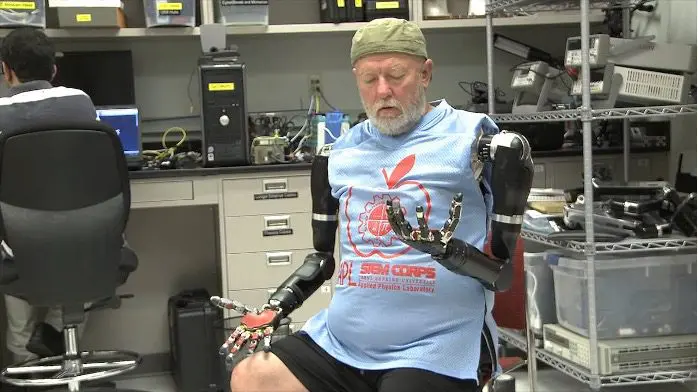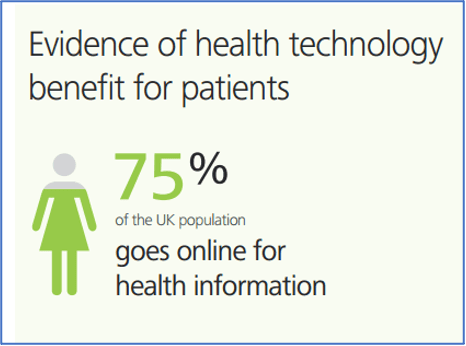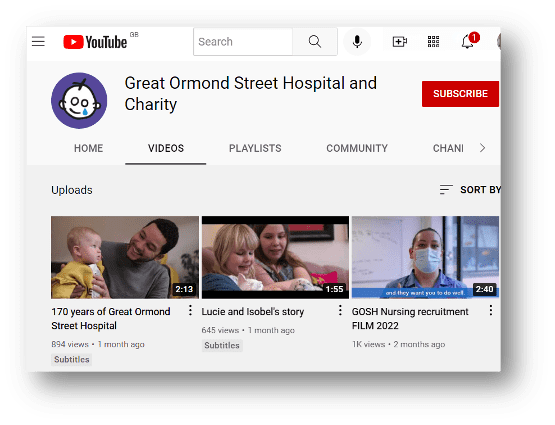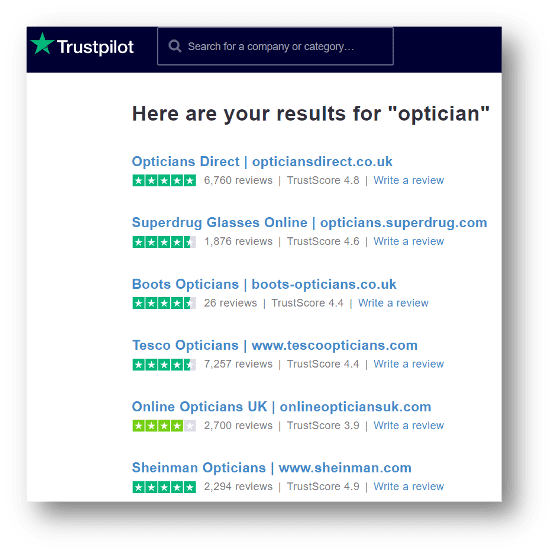Navigating the Seas of UI/UX Design








In the ever-evolving digital world, user interfaces (UI) and user experiences (UX) play a pivotal role in shaping the success of digital products. We understand that a seamless blend of UI and UX design is vital for user engagement and retention.

Here are some tips on how to elevate your website with the help of UX and UI:
- Understanding UI and UX Design:
UI design revolves around the look and feel of a digital product. It’s the art of creating visually appealing layouts, selecting colour schemes, crafting intuitive navigation, and designing interactive elements that users directly interact with. On the other hand, UX design focuses on the overall experience users have while interacting with a product. It involves understanding user behaviour, conducting research, and crafting seamless, user-centric journeys that fulfil their needs and expectations.
- The Synergy Between UI and UX:
UI and UX are not isolated concepts but interconnected components that create a holistic digital experience. A visually appealing UI might grab attention, but without a well-thought-out UX, users can quickly become frustrated and abandon the product. On the flip side, a flawless UX with an uninspiring UI might fail to captivate users, preventing them from fully engaging with the content or features.
- Key Principles of Effective UI/UX Design:
- Design with your target audience in mind. Understand their preferences, pain points, and behaviours to tailor your design choices accordingly.
- Keep designs simple and straightforward.
- Maintain a consistent design language throughout your product. Consistency builds familiarity and helps users navigate effortlessly.
- Ensure your design is accessible to all users. Use proper contrast, alt text for images, and other accessibility features.
- Design layouts with a clear hierarchy that guides users through the most important elements first. Prioritise content based on user needs.
- Regularly test your designs with real users to identify pain points and areas for improvement. Iterative testing leads to a more refined user experience.
- With mobile devices dominating digital usage, ensure your designs are responsive and work seamlessly across various screen sizes.
By combining artistic UI elements with user centric UX strategies, you can create seamless, visually captivating, and intuitive interfaces that drive engagement and leave lasting impressions.
Contact us today to embark on a journey towards delivering exceptional digital experiences that stand out in today’s competitive landscape.






